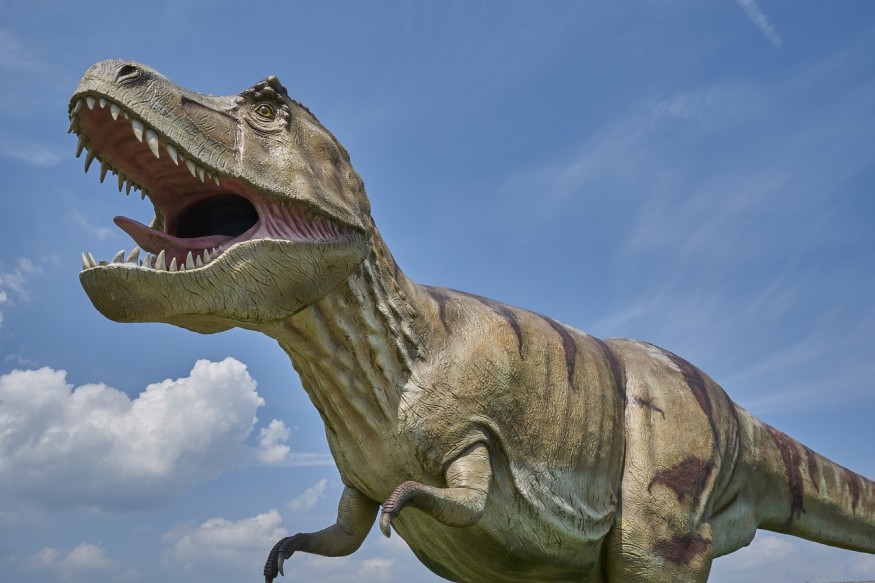
The Tyrannosaurus rex (T. rex) was a bird-like, meat-eating dinosaur that lived about 68-66 million years ago in the western part of North America. According to MailOnline, they could grow up to 40 feet (12 meters) long and 12 feet (4 meters) tall. However, despite their enormous size, these dinosaurs have ridiculously short arms.
For many years, scientists have looked for answers to answer this mystery. Now, an American paleontologist presented his own theory as to why T. rex's arms are disproportional to its body.
Why Did T. Rex Have Small Arms? Shorter Forelimbs May Have Saved Them During Feeding Frenzies
Uncovering the Enduring Mystery in Paleontology
American paleontologist Kevin Padian was frequently asked by freshmen students in his seminar called The Age of Dinosaurs as to why the arms of T. rex were so short. According to Phys.org, Padian would then list a range of proposed hypotheses of other scientists to tell his students, but they seemed not to buy it. But in the end, he would say: "No one knows."
When the first T. rex was discovered in 1900, Barnum Brown thought its arms were too small to be part of the skeleton. His colleague Henry Fairfield Osborn even thought it might have been pectoral claspers, like some sharks and rays' pelvic claspers. But there is no evidence to support the claim.
After more than a century, many scientists have proposed explanations for the short arms. These explanations included waving for mating or social signaling, serving as an anchor when a T.rex gets up, holding down prey, stabbing enemies, and some even suggest that it has no use at all.
But Padian felt that instead of asking what the short arms evolved to do, perhaps it is better to ask what benefit shorter arms might be for them. After some paleontologists discovered that these dinosaurs hunted in packs and not singly as previously thought, the answer came to him.
ALSO READ: Tyrannosaurus Rex Speed Found to be Surprisingly Slow That Even Humans Can 'Outwalk' Them
Shorter Limbs Saved T. Rex From Bites During Feeding Time
Padian believes that T.rex has shorter limbs to prevent it from getting bitten while feeding. It would have also been wise for youngsters to wait until the larger adults were finished to avoid conflict.
In their paper, titled "Why Tyrannosaurid Forelimbs Were So Short: An Integrative Hypothesis," published in Acta Palaeontologica Polonica, he examines speculations from other paleontologists and found that none of them were thoroughly tested.
Padian explained that the arms were too small that they could not touch each other. More so, T. rex could not use them to touch their mouths and stretch.
But researchers said that the theory could only be proven if T.rex fossils around the world were checked for bite marks, The Independent reported. Dr. Padian added that bite wounds on the skull and other parts of the skeleton of T. rex and other carnivorous dinosaurs are well known. However, fewer bite marks in the small forelimbs could signify that the reduction of its limbs worked for their benefit.
RELATED ARTICLE: T-Rex Powerful Jaws Could Make Bones of Is Prey to Explode With 8,000 Pounds Crushing Power
Check out more news and information on Paleontology in Science Times.










